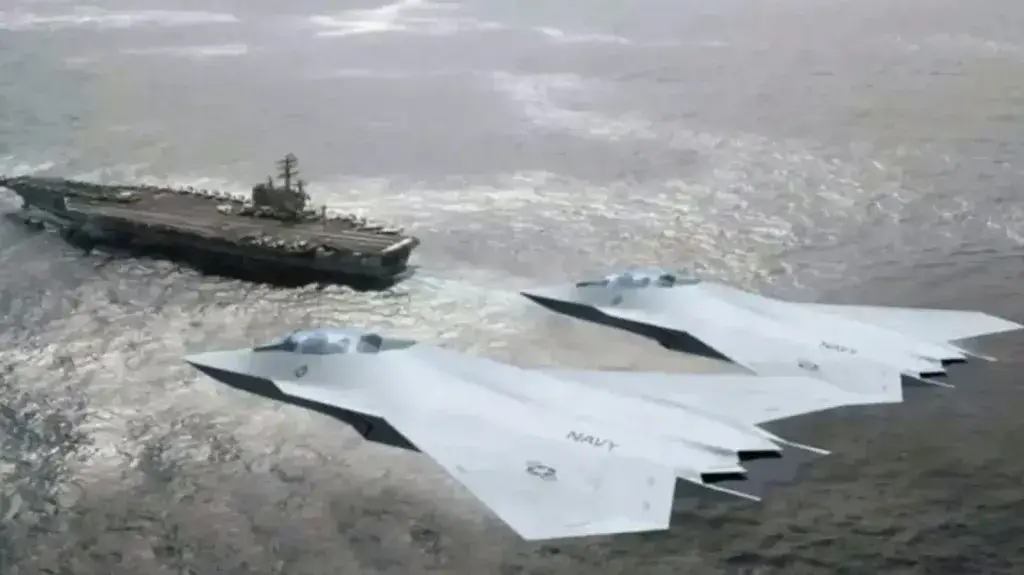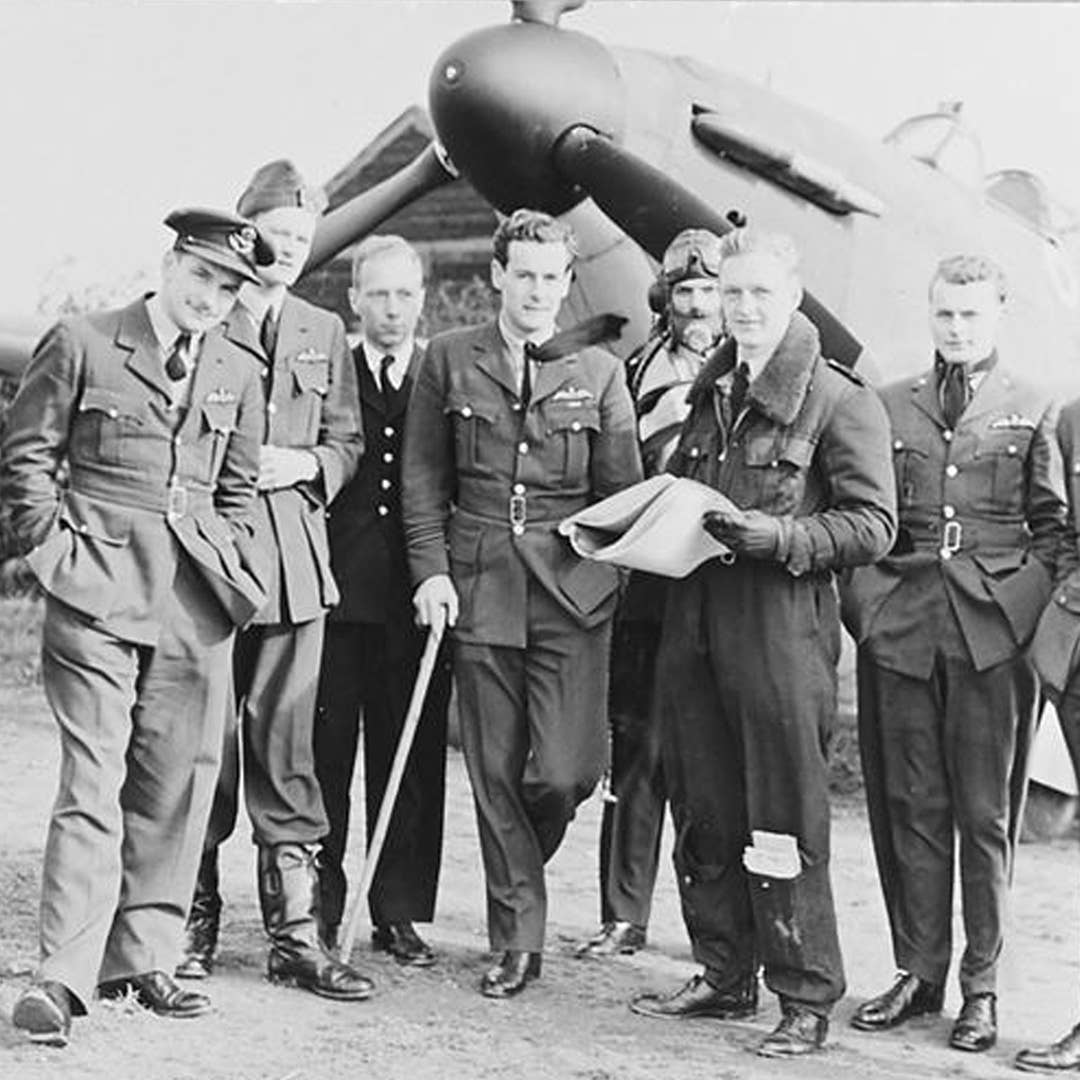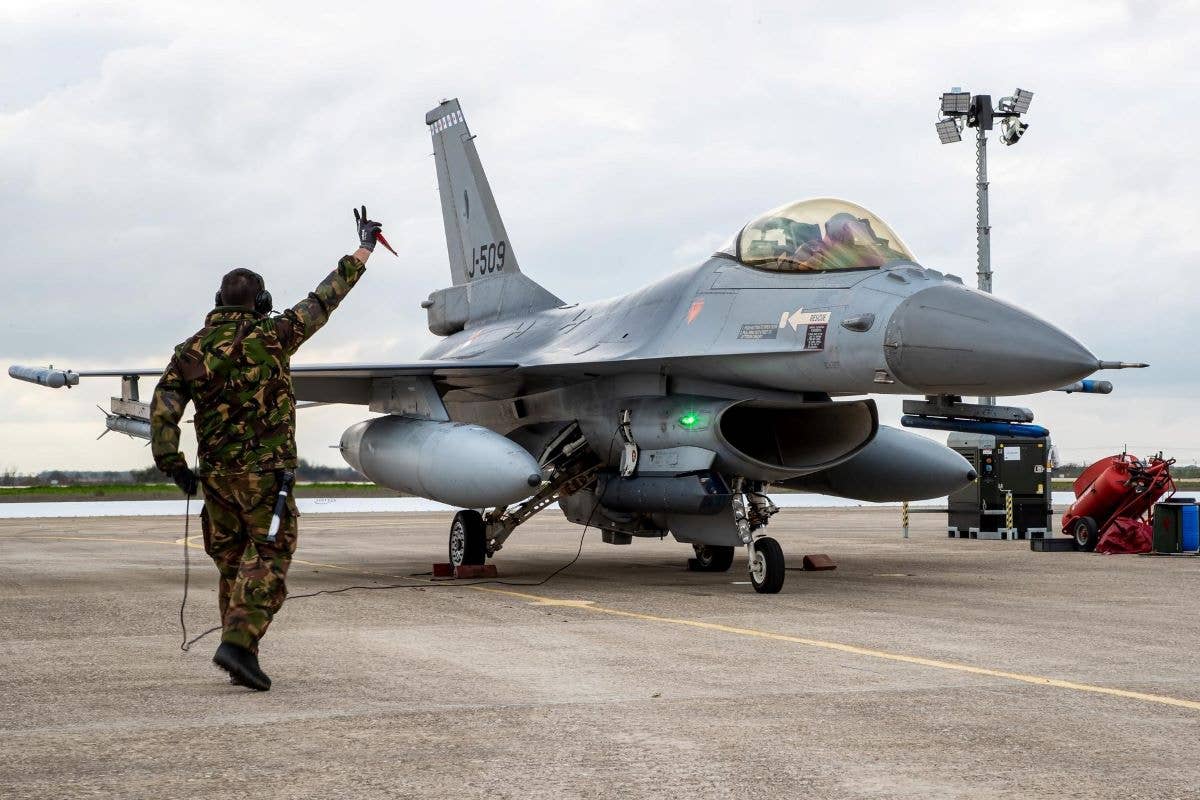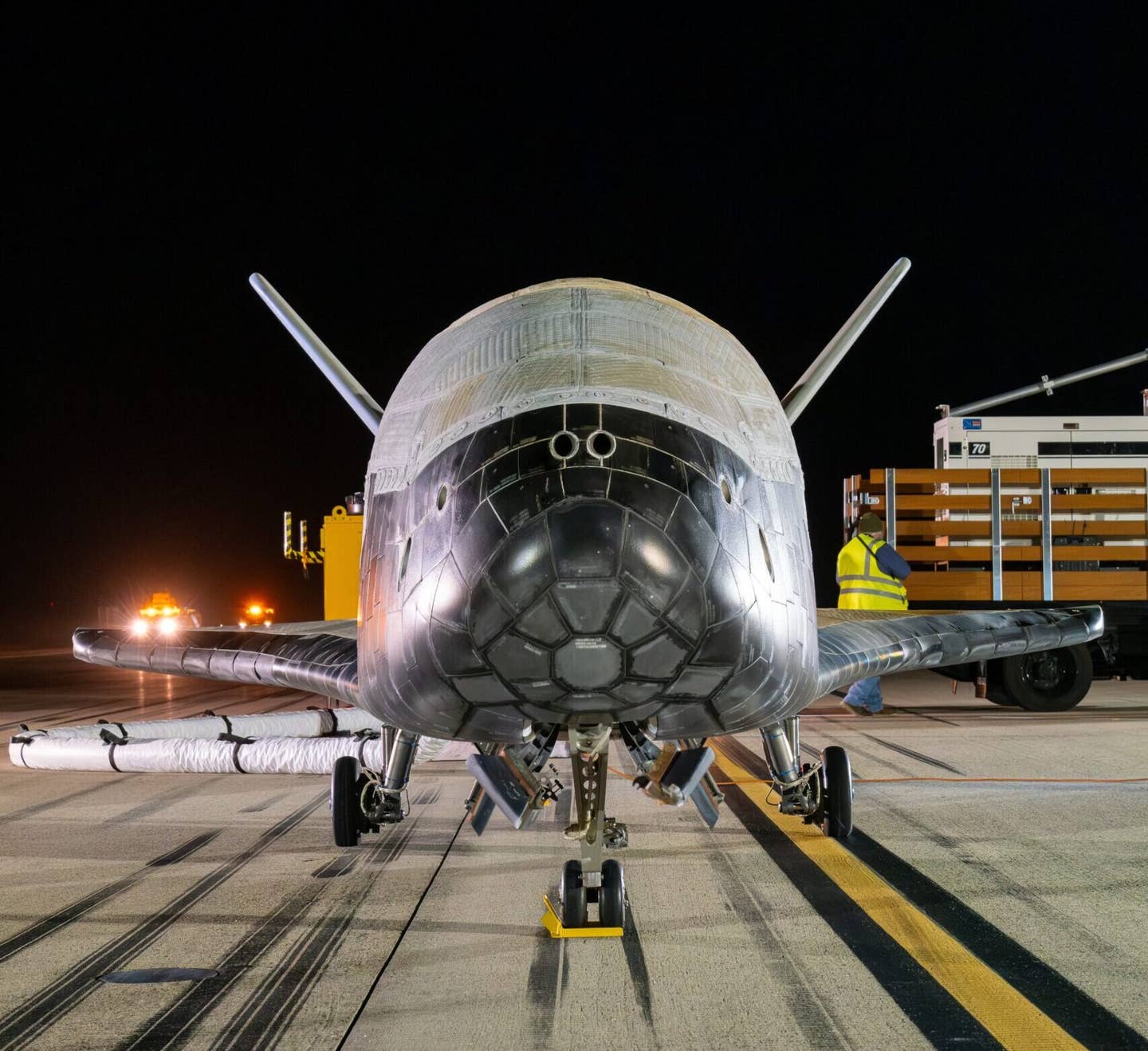Smithsonian Identifies First Women to Fly Combat Missions
Decades after flying their combat missions in near anonymity, the women agreed to be named in an article published in the museum’s ‘Air & Space Quarterly.’

Three of the first U.S. women to fly combat missions, including Joy Dean, were Hornet pilots. [Courtesy: Smithsonian National Air & Space Museum]
The names of the first female pilots who flew combat missions for the U.S. military have finally been released, decades after their missions ended.
"The women had kept their identities quiet for that time out of a desire to focus on the importance of the missions and not the individuals," the Smithsonian National Air & Space museum, which had a hand in identifying the pilots, said in a statement. "The flyers agreed to be named in an exclusive article in the just-released winter 2024 issue of museum’s Air & Space Quarterly magazine, which was based on interviews with the women."
In April 1993, the Department of Defense ended its long-held combat exclusion law, allowing women to fly combat missions.
In November of the following year, U.S. Navy Lieutenant Kimberly “Face” Dyson took off in a McDonnell Douglas F/A-18C Hornet off the deck of the USS Dwight D. Eisenhower, becoming the first female pilot to fly a combat mission for the U.S. military.
Dyson was one of five female naval pilots who flew combat missions in 1994 and 1995 in Iraq and Bosnia and Herzegovina.
“We were ready to do anything,” Dyson told the Smithsonian of her first combat flights. “It was a little nerve-wracking. But in the end, it turned out to be a normal flight, very much the same as we had done in practice.”
First Female Pilots to Fly Combat Missions for the U.S.
- U.S. Navy Lieutenant Kimberly “Face” Dyson, F/A-18C Hornet
- U.S. Navy Lieutenant Sharon “Pinto” Deegan (Cummins at the time); F/A-18C Hornet
- U.S. Navy Lieutenant Junior Grade Joy “Trigger” Dean (Adams at the time), F/A-18C Hornet
- U.S. Navy Lieutenant Lisa “KP” Kirkpatrick, Grumman E-2C Hawkeye
- U.S. Navy Lieutenant Lynne Fowler, Sikorsky SH-3 helicopter
While news of the combat milestone was reported at the time, their names had not been released.
“My entire goal was to be a great wingman and to fly perfect combat spread,” said Dean “I wanted to be ready, have situational awareness, and join up and refuel with the tanker—get in and get out. This is the other side of the world, and we’re here doing something that not a lot of people have the opportunity to do. It was probably a one-second thought, and then it was right back to flying combat spread.”
The Smithsonian magazine article, "Just Doing Their Jobs," may be found here.

Sign-up for newsletters & special offers!
Get the latest FLYING stories & special offers delivered directly to your inbox






